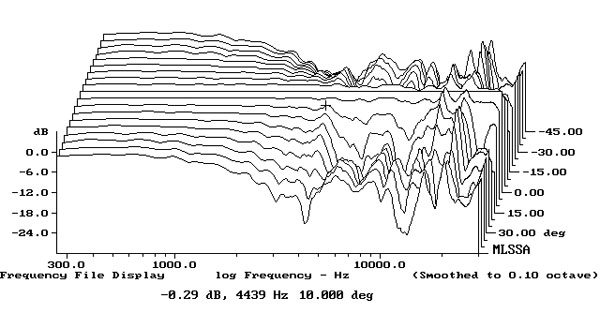- Joined
- Feb 23, 2016
- Messages
- 20,828
- Likes
- 37,760
Yeah I remember. I remember people adding piezo supertweets. I remember the headache inducing results if you listened to them. I REMEMBER. I'm trying to prevent it from happening again.Hey hey - here we have two universes in conflict!
To me it is obvious that milezone is deep in Japanese hifi culture where listening impression is all that matters. All other guys in the thread are thinking in the academic box of mathematics and physics. This dilemma can not be solved, forget it!
milezone - obviously you won't find the best sounding capacitor (or resistor as well) by asking at this forum! Don't waste your time.
Other guys - it just might be that masses of haphazard peaks and dips of interferences in treble, cone resonances and extra distortion can sound better to milezone or others, subjectively. That is an old trick with high-end hifi - remember whizzer cones in fullrages, Manger transducer, BMR, panel speakers, supertweeters of ´70s etc.
What is the line from the Electra movie with the most beautiful Jennifer Garner. Stick (the old blind master) tells Electra:
"Some lessons can't be taught, Elektra. They must be lived to be understood."
Maybe this is one of those. Asking advice you aren't capable of taking, then you'll just have to live it and learn.


